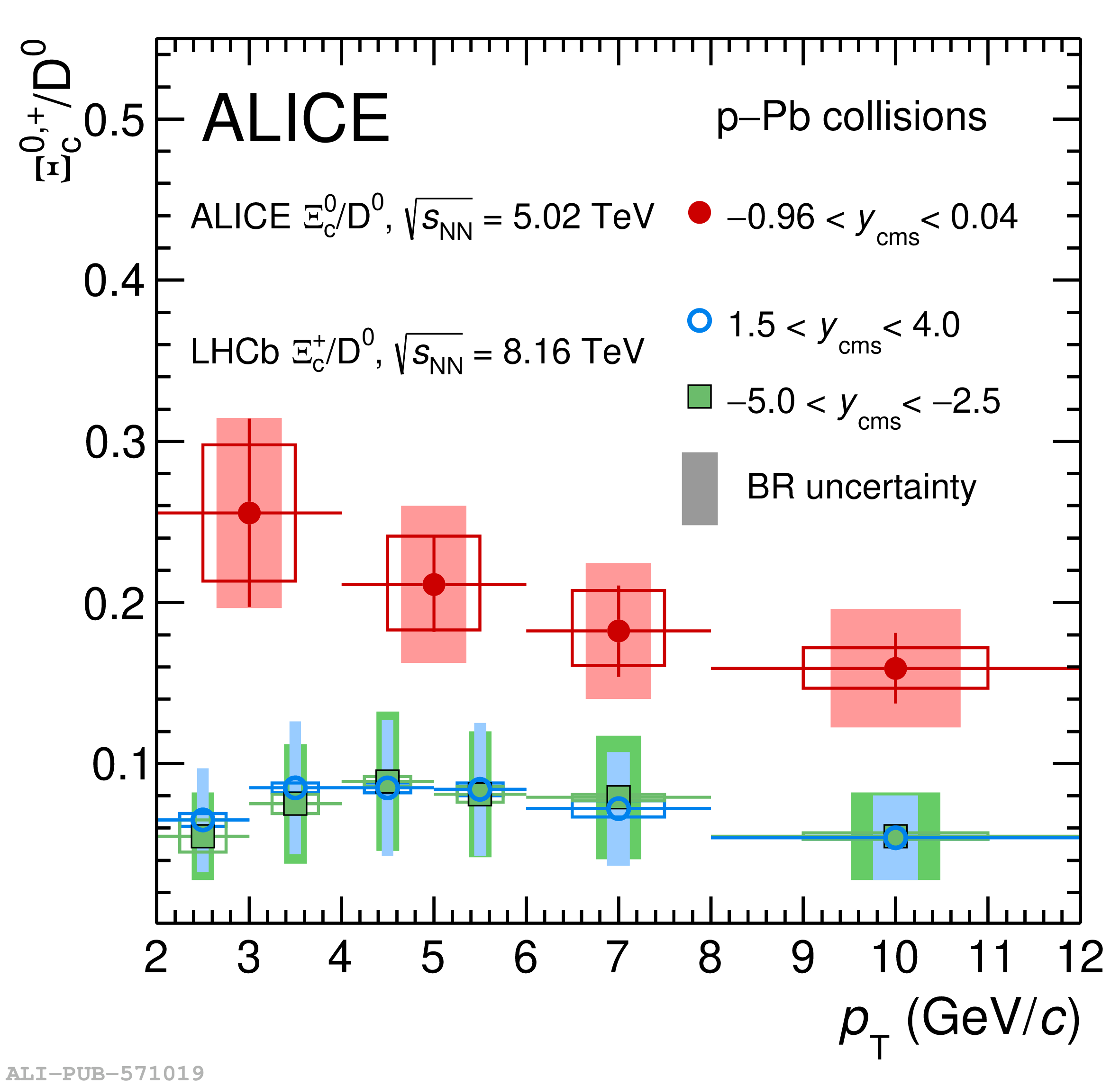The transverse momentum ($p_{\rm T}$) differential production cross section of the promptly produced charm-strange baryon $\Xi_{\rm c}^{0}$ (and its charge conjugate $\overline{\Xi_{\rm c}^{0}}$) is measured at midrapidity via its hadronic decay into ${\rm \pi^{+}}\Xi^{-}$ in p$-$Pb collisions at a centre-of-mass energy per nucleon$-$nucleon collision $\sqrt{s_{\mathrm{NN}}}~=~5.02$ TeV with the ALICE detector at the LHC. The $\Xi_{\rm c}^{0}$ nuclear modification factor ($R_{\rm pPb}$), calculated from the cross sections in pp and p$-$Pb collisions, is presented and compared with the $R_{\rm pPb}$ of $\Lambda_{\rm c}^{+}$ baryons. The ratios between the $p_{\rm T}$-differential production cross section of $\Xi_{\rm c}^{0}$ baryons and those of $\mathrm {D^0}$ mesons and $\Lambda_{\rm c}^{+}$ baryons are also reported and compared with results at forward and backward rapidity from the LHCb Collaboration. The measurements of the production cross section of prompt $\Xi^0_{\rm c}$ baryons are compared with a model based on perturbative QCD calculations of charm-quark production cross sections, which includes only cold nuclear matter effects in p$-$Pb collisions, and underestimates the measurement by a factor of about 50. This discrepancy is reduced when the data is compared with a model that includes string formation beyond leading-colour approximation or in which hadronisation is implemented via quark coalescence. The $p_{\rm T}$-integrated cross section of prompt $\Xi^0_{\rm c}$-baryon production at midrapidity extrapolated down to $p_{\rm T}$ = 0 is also reported. These measurements offer insights and constraints for theoretical calculations of the hadronisation process. Additionally, they provide inputs for the calculation of the charm production cross section in p$-$Pb collisions at midrapidity.
Eur. Phys. J. C 85 (2025) 86
HEP Data
e-Print: arXiv:2405.14538 | PDF | inSPIRE
CERN-EP-2024-140
Figure group










